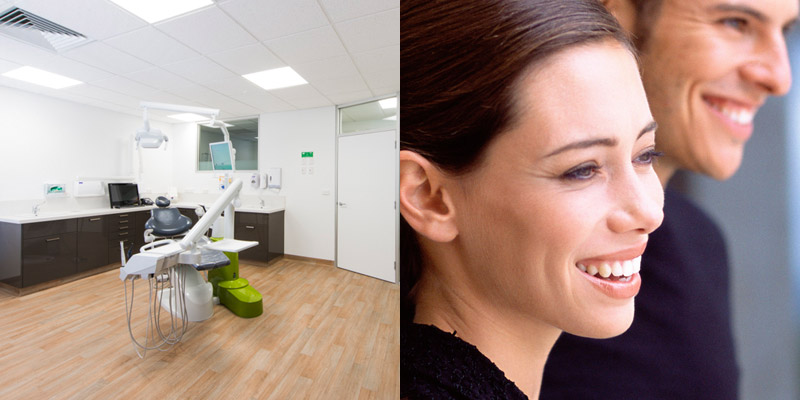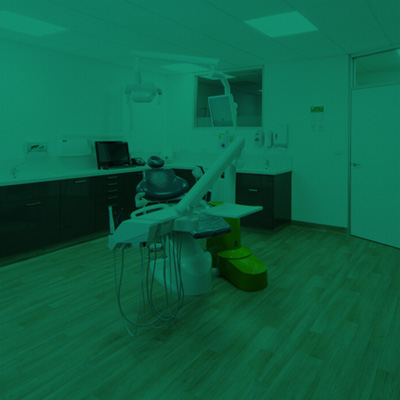TMJ / TMD
Other Services

TMJ is a joint that sits between the lower jaw and the skull and stands for temperomandibular joint. We each have a right TMJ and a left TMJ. Anytime moveable bones in the body are in close proximity of each other they are connected by a joint that prevents bone to bone contact and creates a cushioning effect. The joint is lubricated which creates smoothly, freely moving and articulating bones. This joint is responsible for proper movement of the jaw and creating balanced muscular work load on the right and left side of your face. It is a highly complex joint which is under a lot of pressure constantly all day and night.
Disorders of the TMJ are known as temperomandibular. disorders or TMD. Long term studies have shown that the incorrect alignment of the upper (maxilla) and lower (mandibular) jaws and changes in the integrity of the TMJ can lead to the following symptoms:
Symptoms:
- Headaches
- Dizziness, facial/neck/back, pain
- Jaw joint pain, clicking, popping, or grating sounds when jaw in motion
- Numbness of the arms and fingers, chipped, or cracked teeth
- Pain in teeth that seems to move around
- Loose teeth
- Ear pain/ringing/ buzzing sounds/ Congestion or stuffiness
- Limitations of motion of jaw joints
- Jaw locking upon opening or closing
- Tired face/jaw
Head, neck and facial pain, jaw dysfunction and ear problems affect a significant portion of the general population and masquerade as many other conditions. Millions of dollars are spent on over-the-counter pain medications and even more on prescription pain management medications annually in the “management” of this pain and discomfort. With much frustration, patients often bounce from one medical doctor to another to find the source of their discomfort. Negative or inconclusive findings often lead to prolonged drug therapies, and often an incorrect diagnosis. However, your “incurable” headache, ear and facial pain could be coming from jaw joints, your bite, and/or spasms in your facial musculature. The causes could range from one to a combination of factors:
Possible causes:
- Improper bite– when teeth do not fit together properly they can cause sustained trauma to the joints. Over time the body compensates by involving other muscles of the body.
- Direct trauma to jaw
- Indirect trauma to jaw– a significant number of cervical whiplash injuries are accompanied with mandibular whiplash-a stretching or tearing of the ligaments of the jaw joints and cause damage within the supporting musculature.
- Tooth Loss – losing teeth without adequate replacement can result in a change in jaw position
- Poor Sleep habits/position
- Poor posture-places unnecessary wear and tear on all joints, including jaw joints and resulting damage is similar to direct trauma
- Bruxism/clenching of teeth– some patients do this unconsciously. This produces stress on jaw joints and muscles of face and neck
- Sleep apnoea-it is theorized that some patients clench and brux their teeth unconsciously to help maintain an open airway. This will help maintain an airway but will put stress on jaw joints and muscles of the face.and neck
- Stress– some patients unconsciously brux and or clench their teeth in response to increased stress
Treatment
Treatment of TMD can range from simple counselling up to complex specialist surgical procedures. It can involve orthodontics, correction of existing restorations, splint therapy all the way up to full mouth rehabilitation. Due to the many causes and symptoms of TMD, it is best to discuss these with your dentist to see if specialist referral will be necessary.




